About us¶
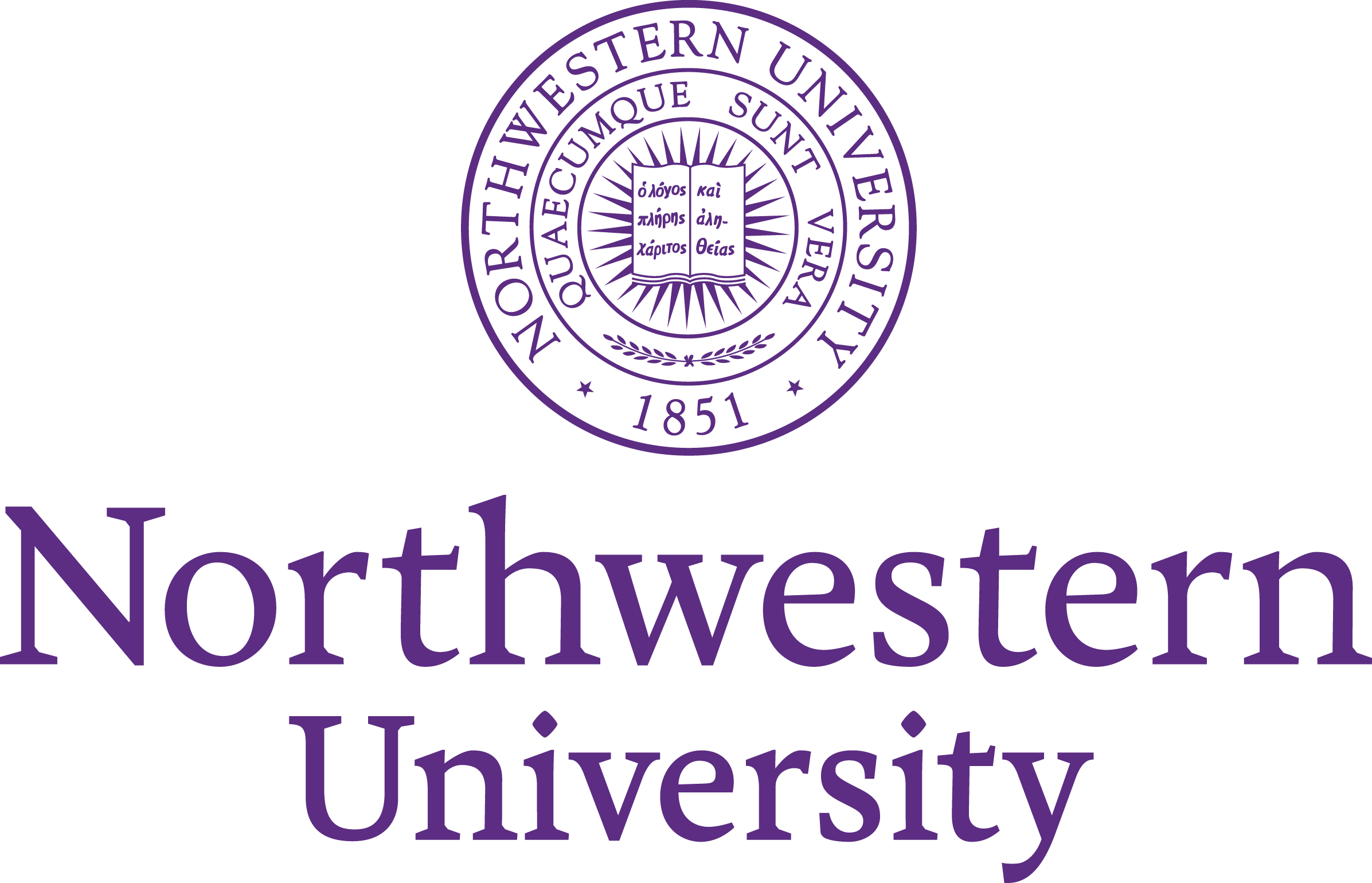
- Adjunct Professors in EECS department
- where we both earned our PhDs
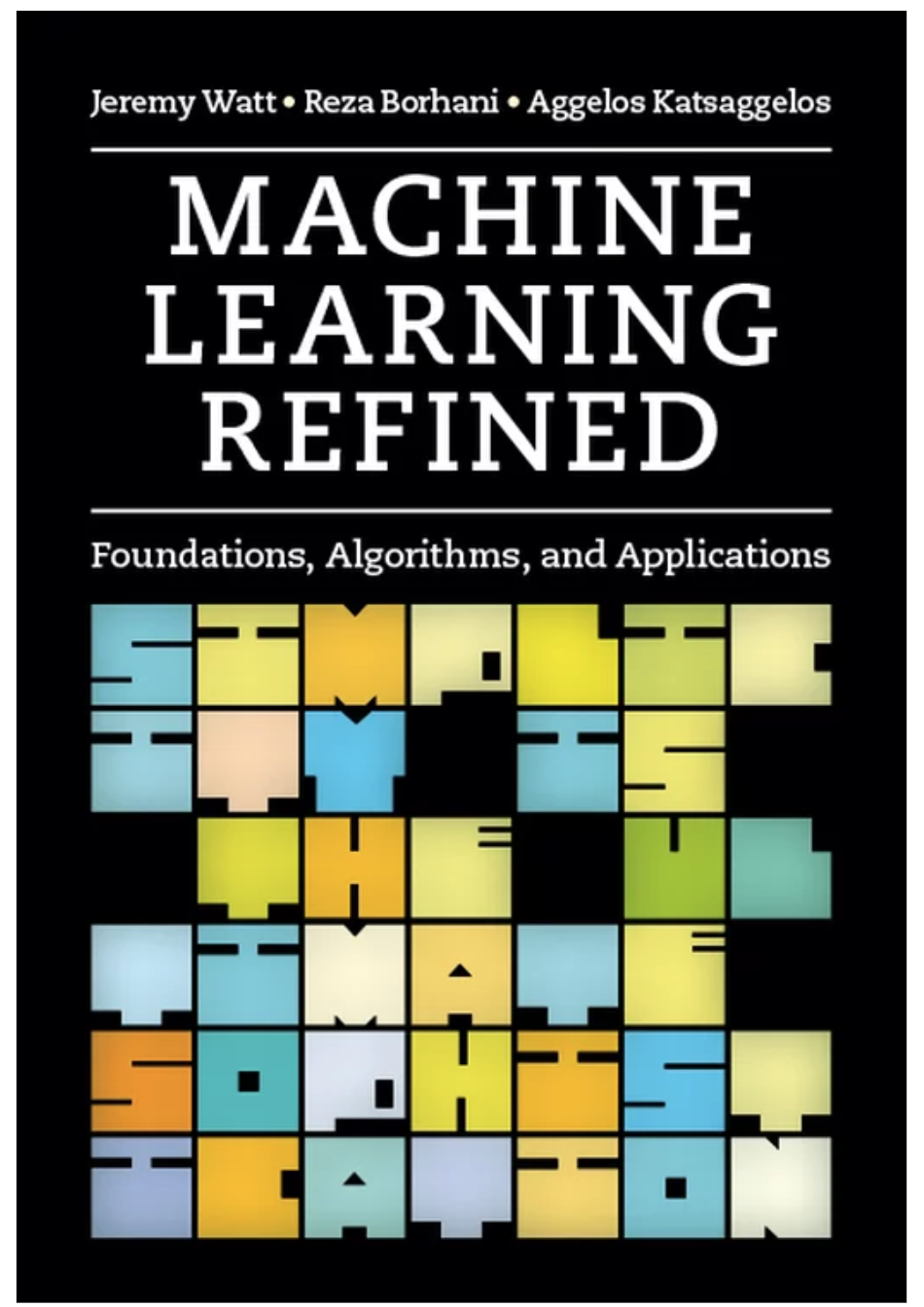
- Authors of Machine Learning Refined (Cambridge University Press) - www.mlrefined.com
- Used in EECS 396, 496: Machine Learning: Foundations, Applications, and Algorithms
- Notes from this class based on *new* material for 2nd edition!

- Owners of local deep learning consultancy Degree Six - www.dgsix.com
- We help everyone from startups to established businesses develop AI-fueled products and build machine learning / deep learning teams
About the course¶
What is deep learning all about?¶
- A natural compositional way of encoding general nonlinearity for machine learning tasks
- e.g., for supervised learning needed because standard linear classifier is limited
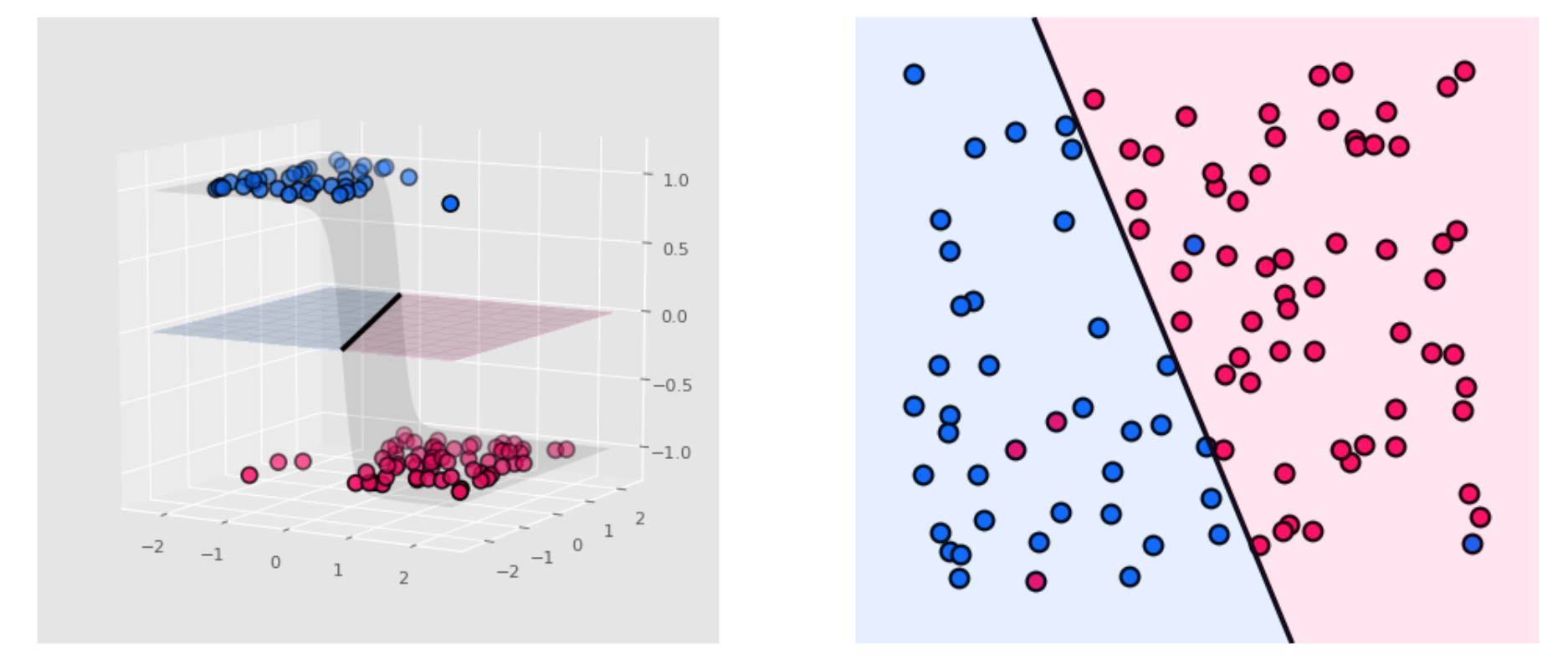
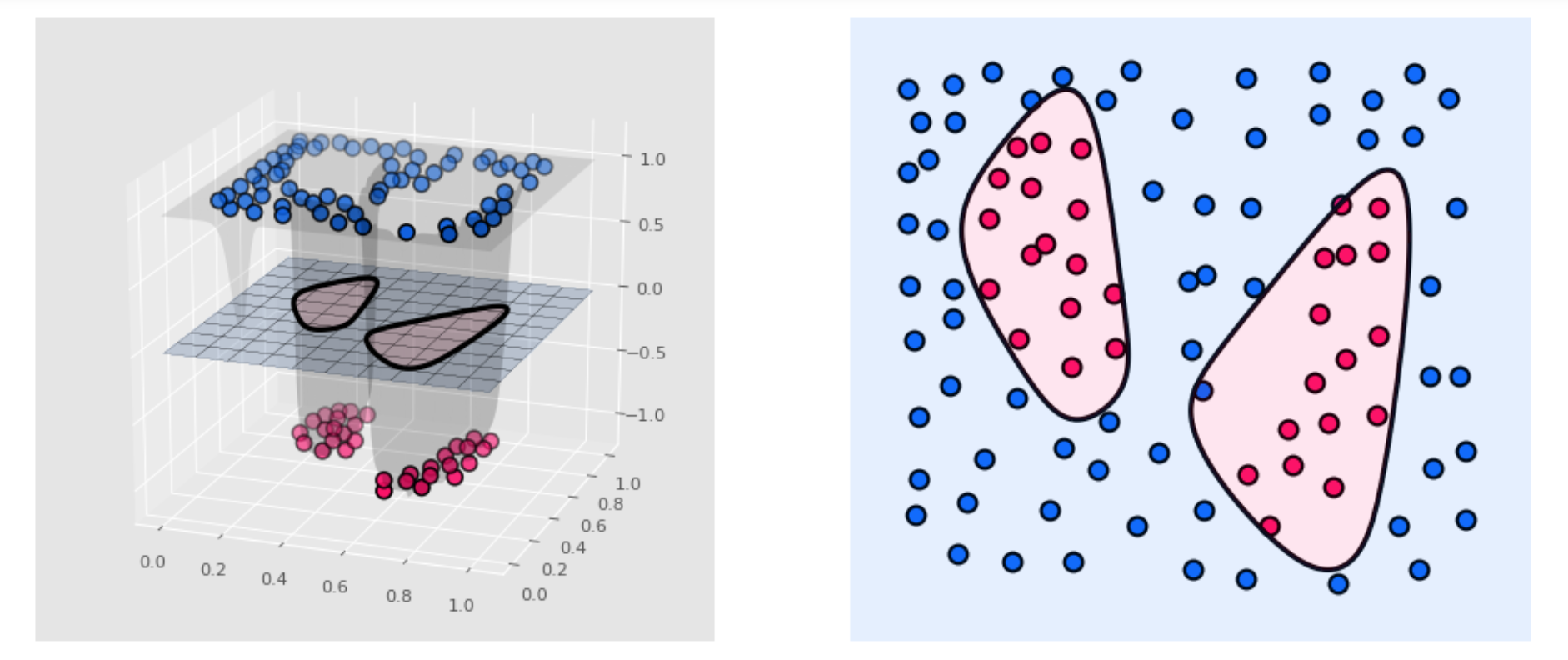
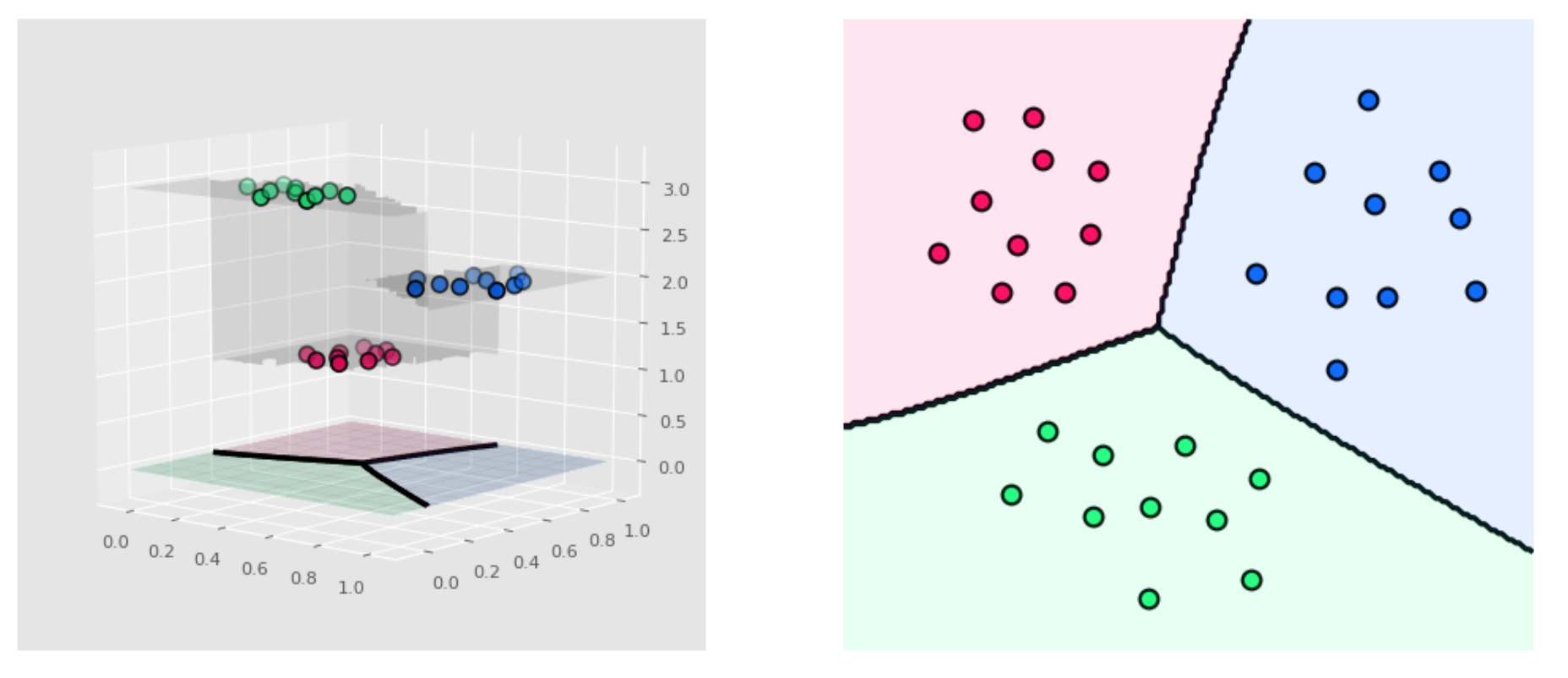
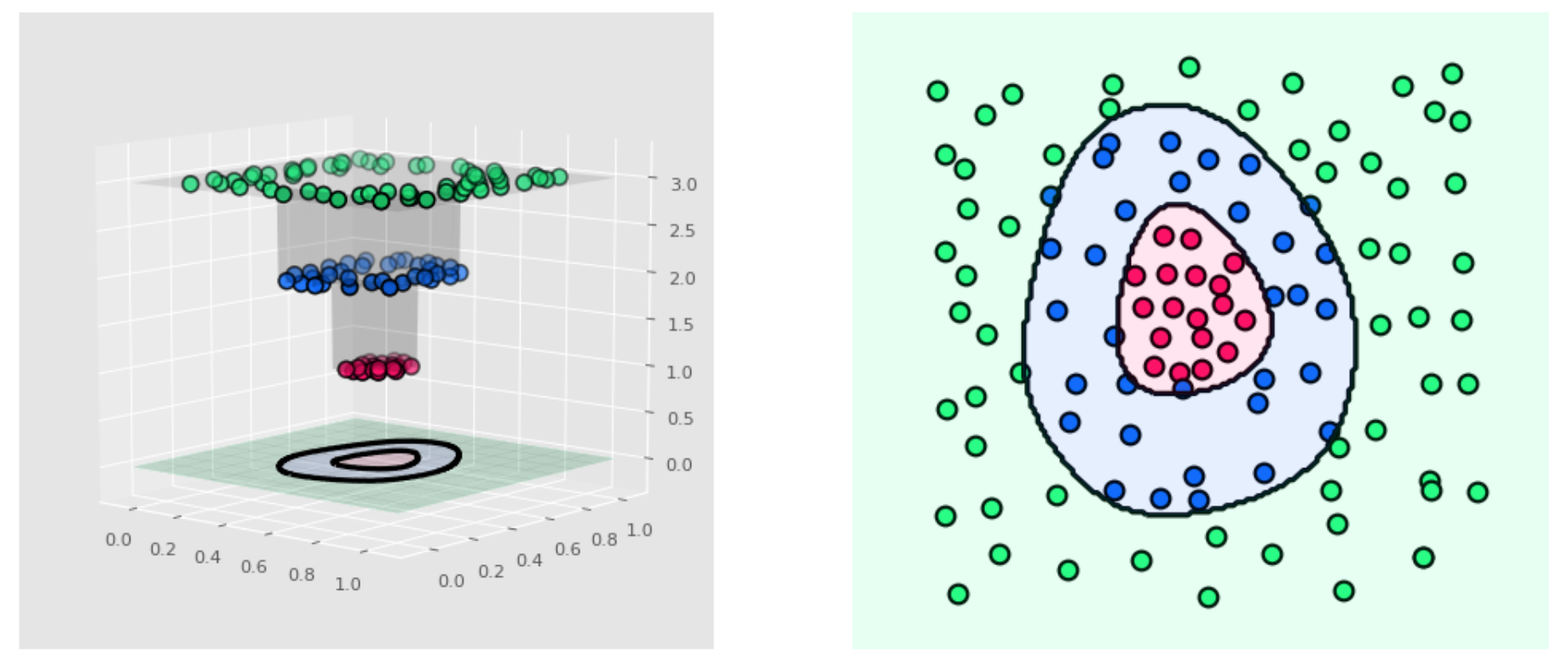
What is deep learning all about?¶
A natural compositional way of encoding general nonlinearity for machine learning tasks
- e.g., for supervised learning, standard linear classifier is limited
- e.g., for general reinforcement tasks (like game AI)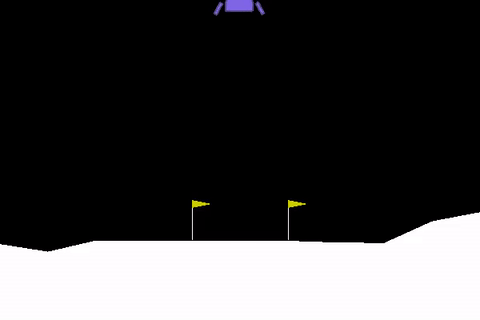
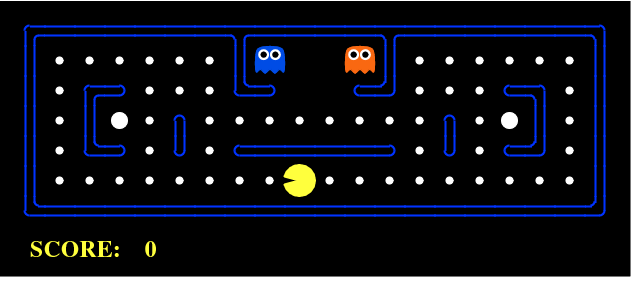
What is deep learning all about?¶
A natural compositional way of encoding general nonlinearity for machine learning tasks
e.g., for supervised learning, standard linear classifier is limited
e.g., for general reinforcement tasks (like game AI)
- natural way to leverage certain types of structured data

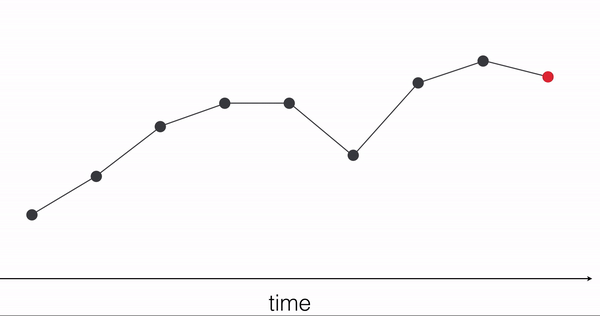
What is deep learning all about?¶
A natural compositional way of encoding general nonlinearity for machine learning tasks
e.g., for supervised learning, standard linear classifier is limited
e.g., for general reinforcement tasks (like game AI)
natural way to leverage certain types of structured data
- because of this, provides cutting edge results for a range of applications including
Computer vision applications like object detection
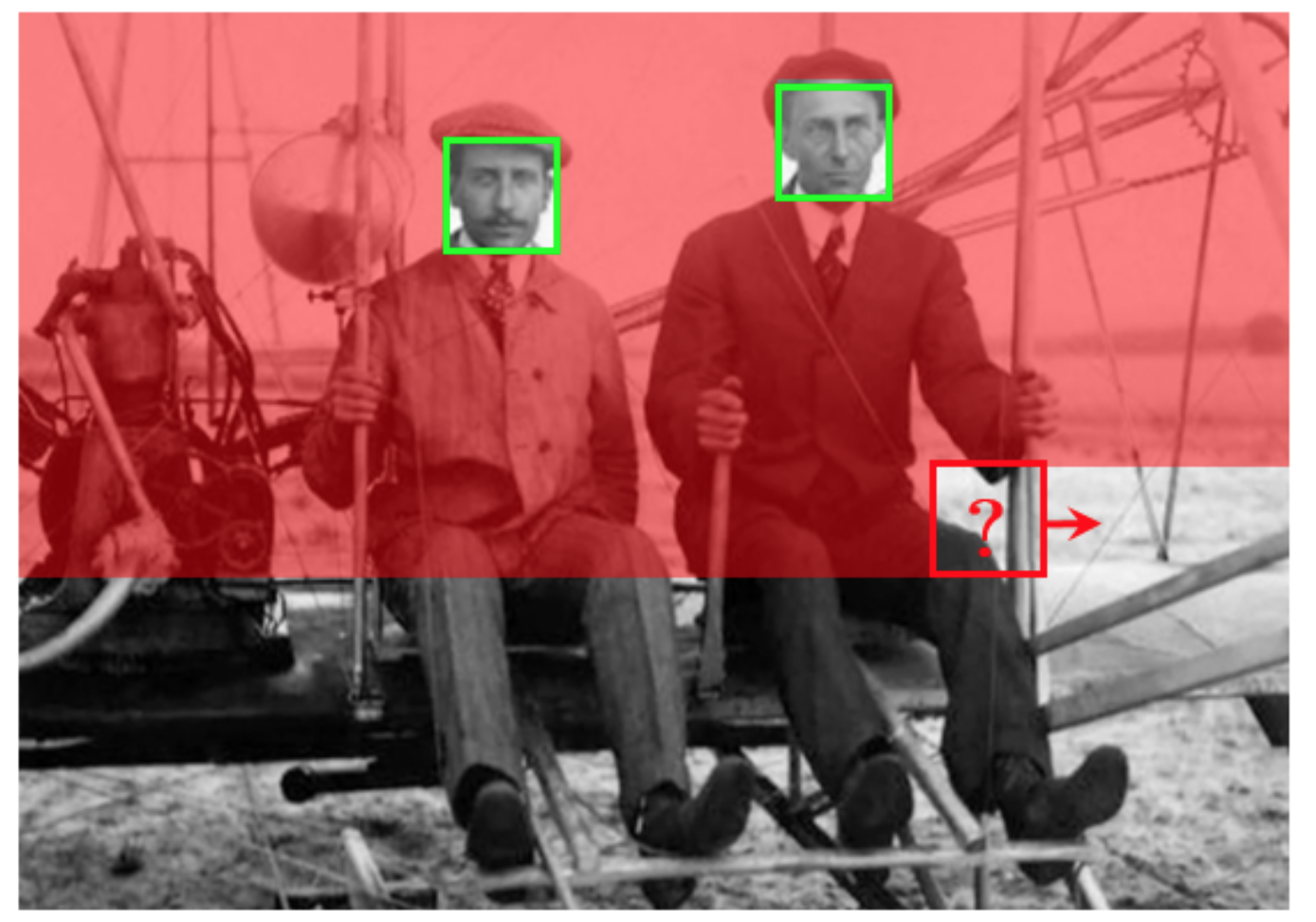
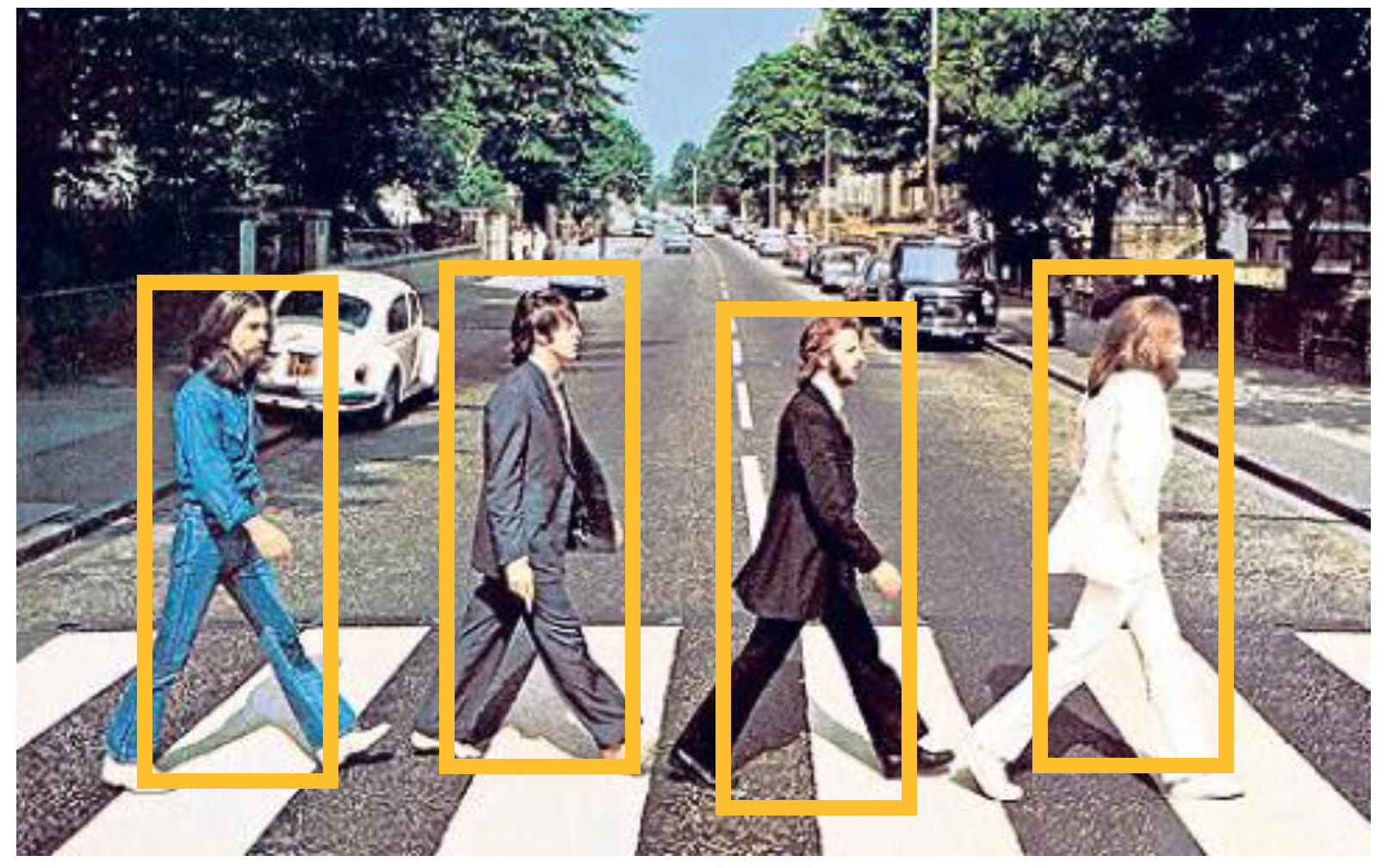
Speech recognition

Reinforcement

Course topics¶
Course topics¶
1) First order optimization techniques
- normalized / unnormalized gradient descent, stochastic descent2) Linear supervised learning
- linear regression, linear two-class classification (logistic regression), multiclass softmax regression3) Nonlinear supervised learning
- General nonlinear comparison / intro to function approximation
- Basics of kernels (why they fail) and feedforward nets
- Tricks for feedforward nets: momentum, regularization for convexity, etc.,
- Basic concept of automatic differentiation / backprop
- Cross-validation basics4) Reinforcement Learning
- Basic Q-Learning, with function approximators ('Deep Q-Learning')
- Policy gradient method5) Recurrent networks
- Recurrent sequences, recursive functions, lazy feedforward network approach
- Simple recurrent networks, LSTM / GRUs
- Applications in e.g., natural language processing6) convolutional networks
- Convolutions, edge detection, histogram features and pooling
- From fixed feature extractors to convolutional network
- Modern architectures
- Applications in e.g., computer vision, reinforcementLogistics¶
Logistics¶
- All slides and notes will be posted to https://jermwatt.github.io/mlrefined
- pull this repo and keep it up to date
- We may use a Piazza page for class forum discussion
- Office hours: 12 - 1pm Mon/Wed in Annenberg Hall room G21 (starting second week of class)
- Assignments: 5 homeworks (75% of final grade), 1 individual project (25% of final grade)
- All assignments must be completed using Python 3 Jupyter notebooks, turned in on canvas (no hard copy)
- Late homework = 1% off every hour late starting at end of due class
From scratch¶
- Main coding for exercises (approx 70%) will be done 'by hand' using only an automatic differentiator
- We will use keras (a deep learning library) mainly for more complicated architectures (e.g., complex conv nets)
- We will also use it as a point of comparison - e.g., you will write program and compare it to standard library functionality
- no more black box - you will see that in fact you can code-up a good chunk of deep learning algorithms yourself!
Prerequisites¶
Prerequisites¶
- Expert Google-ing skills
- You understand how to / the value of Google and Stack overflow
- Basic familiarity with Linear Algebra and Calculus
- We will not review (see blog posts if needed)
- Basic familiarity with fundamental machine learning concepts
- We will review as we go along, so OK if rusty
- Strong familiarity with the Python programming language
- functions / classes (i.e,. basic familiarity with object oriented programming)
- We will not review, play catch-up: e.g., https://www.codecademy.com/
- Familiarity with using Jupyter notebook enviro for prototyping
- If unfamiliar easy to catch-up: see e.g., https://www.youtube.com/watch?v=HW29067qVWk&t=639s
- Familiarity with github
- if unfamiliar, make yourself an account and easy catch-up: see e.g., https://www.youtube.com/watch?v=SWYqp7iY_Tc